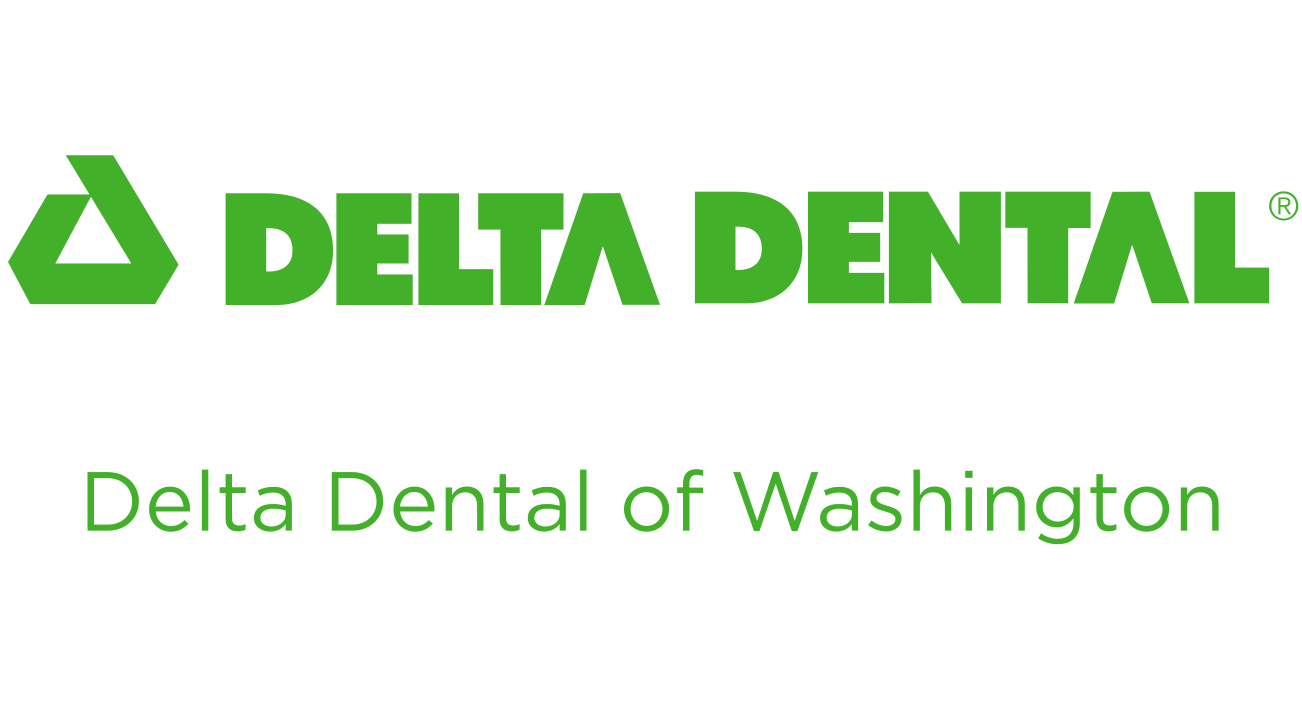As parents begin to make their back-to-school plans to prepare their child for a successful school year, it’s the perfect time to investigate whether it’s time to start orthodontia.
Orthodontia plays a crucial role in improving the dental health and overall well-being of children. But where do you start? There’s a lot to know about orthodontia and even more about how to make sure your family is covered. Here, we provide you insights into the types of orthodontia a child may require, the best age range for orthodontic procedures, and the associated insurance coverage and costs.
Common Orthodontic Issues in Children
Orthodontic issues in children can vary, but some of the most common conditions include:
Overcrowded Teeth: This occurs when there is insufficient space for permanent teeth to emerge properly, leading to misalignment.
Malocclusion: Also known as a bad bite, malocclusion refers to misalignment between the upper and lower teeth, leading to difficulty in chewing and speaking.
Protruding Front Teeth: When the front teeth extend significantly beyond the others, it can lead to an increased risk of dental injuries.
Crossbite: This condition arises when the upper and lower teeth, or often the jaws themselves, are misaligned, causing some upper teeth to bite inside the lower teeth.
Open Bite: An open bite occurs when the upper and lower front teeth do not meet when the mouth is closed, leading to speech and chewing difficulties.
When is it Appropriate for a Child to Get Braces?
According to the American Academy of Orthodontics, children should begin to see an orthodontist around the age of 7 when they have a mix of both baby teeth and adult teeth. At this age, a child’s mouth is still growing but an orthodontist may begin to see a fuller picture of their jaw growth and development and make a plan to guide them into proper alignment.
Early Intervention: In some cases, early orthodontic intervention may be recommended if the child exhibits severe orthodontic issues. Early treatment can help prevent more significant problems later, reducing the complexity and duration of future orthodontic procedures.
Monitoring Growth and Development: Orthodontists often recommend periodic check-ups starting from the age of 7 to assess the child's dental development. This allows for timely identification of potential issues and better planning for future treatment.
Types of Orthodontia for Children
There are various orthodontic options available for children, depending on the complexity of their dental issues and their age. Some of the common orthodontic treatments include:
Traditional Braces: These consist of metal bands, brackets and wires that are attached to the teeth and gradually adjusted for proper alignmentl. Traditional braces are highly effective for correcting a wide range of dental issues.
Ceramic Braces: Similar to traditional braces, ceramic braces are less noticeable as the brackets match the color of the teeth. They are an excellent option for children who may feel self-conscious about wearing metal braces.
Clear Aligners: These are clear, removable aligners that gently shift the teeth into place. They are suitable for mild to moderate orthodontic issues and are popular among older children, teenagers, and adults who need orthodontic treatment.
Covering orthodontia
The cost of orthodontic treatment can be significant if you don’t have coverage. While costs may vary based on the type and complexity of treatment, the average cost of braces for children ranges from $3,000 to $10,000. Ceramic braces and clear aligners generally cost more than traditional metal braces.
You can see how choosing a dental coverage plan that includes orthodontia can be an absolute must if you have orthodontia-age children. And since 21% of Washingtonians are under the age of 18, we think there’s a good chance you’re going to need good orthodontia coverage.
That’s why we offer the Plus Ortho Plan. It’s the first individual Delta Dental of Washington plan with orthodontic benefits, covering 100% of preventive care and 50% of orthodontia procedures done by a licensed orthodontist.
What’s next for your child’s orthodontia?
Orthodontic treatment can significantly impact a child's oral health and confidence. Understanding the common orthodontic issues children may face and knowing when to seek treatment is crucial for parents. Early intervention and regular check-ups can help identify and address potential problems, leading to more effective and efficient orthodontic procedures.
Now is the time to start planning ahead for your children’s oral health future. If your children haven’t started orthodontia yet, orthodontia coverage kicks in after a 12-month waiting period. If you’ve been covered for orthodontia previously, you may be eligible start treatment under this plan before school starts!
We offer cost-effective and comprehensive plans that meet your family's needs and budget. Find out about the Plus Ortho plan and our other options and compare coverage here.
Compare plans


